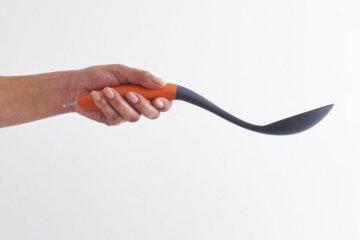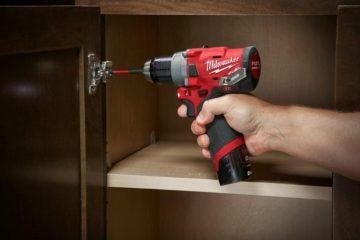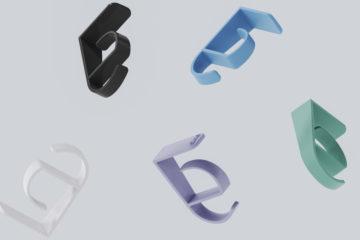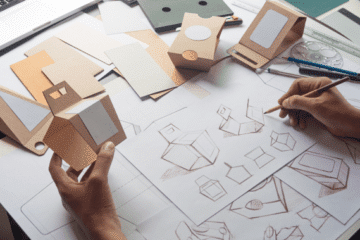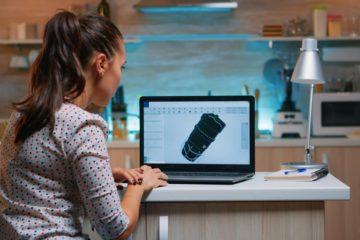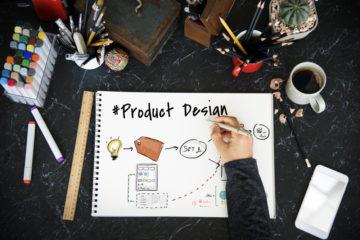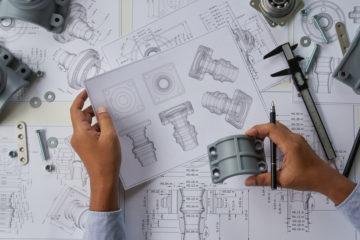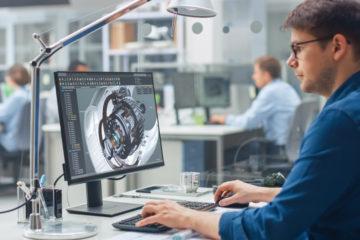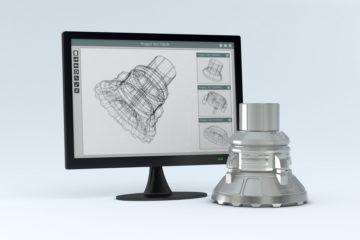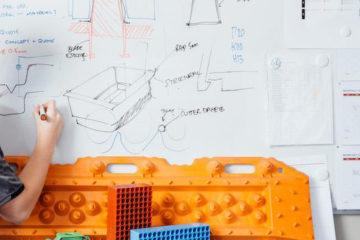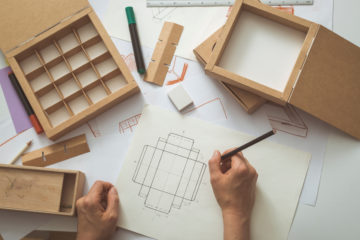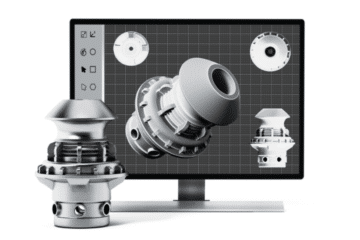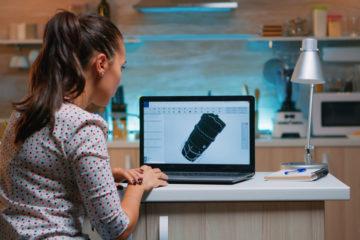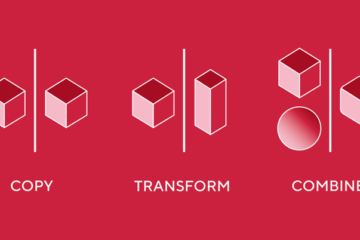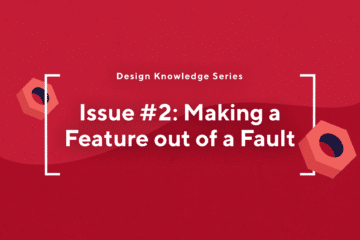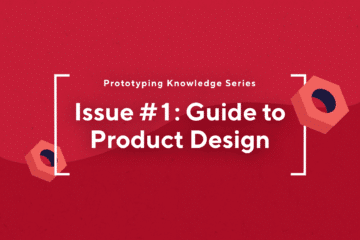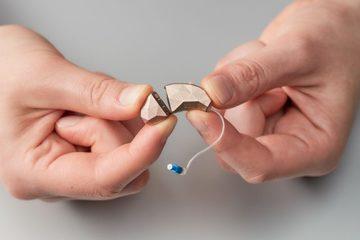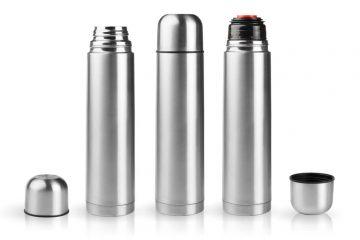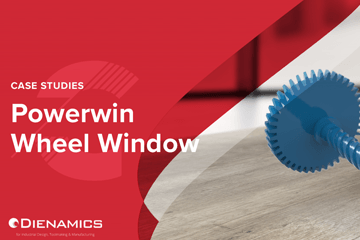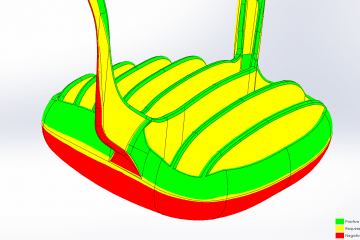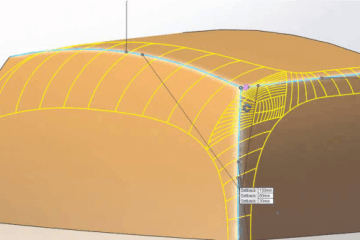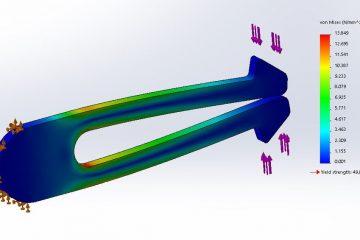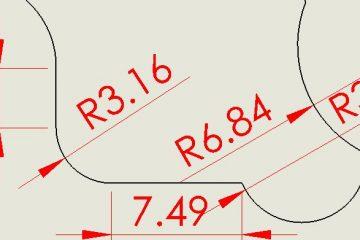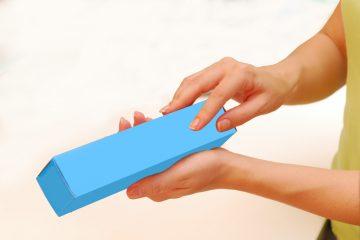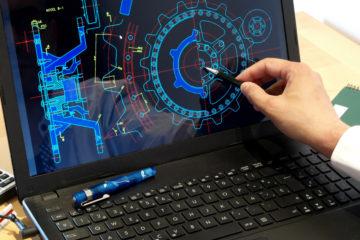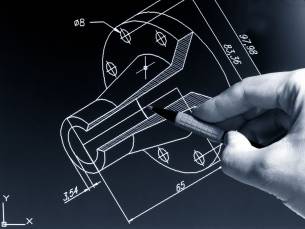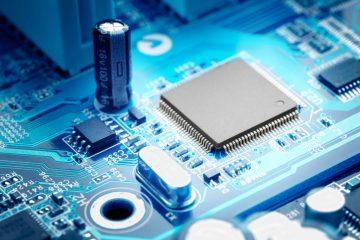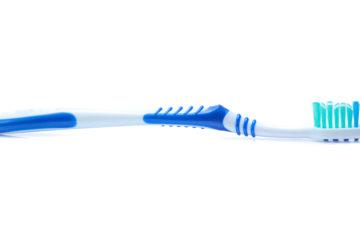In terms of plastic injection moulding, the importance of ribs only becomes evident when you are aware of the entire design process. Ribs are used to strengthen the walls of your mould without increasing wall thickness which means that you minimise the problems that come into play when the wall thicknesses have to be increased.
In essence, if the wall is too thick, warping and sinking can result so that the entire design may need to be rejected. Using a rib to add structural support to a thin wall is an effective way to overcome this design problem.
So let’s take a look at some of the design issues, so you can better appreciate this issue. Injection moulding is a very common process used to produce plastic objects which are economical to manufacture, and are versatile in their range. Plastic pellets are heated, melted and moulded to the exact size and shape required. They are also produced in large quantities to reduce unit costs. This simple process belies the complexity of design issues that arise before the process can begin.
Injection moulding experts and design engineers usually narrow down the design process to six basic elements.
- Uniform wall thickness for all parts of the mould. Having a uniform wall thickness means that the mould can fill without sinking or warping. It also improves the cycle time and the manner in which the mould fills.
- Apart from uniformity of wall thickness, it’s also important to keep the wall as thin as possible. Naturally, it has to be compliant with the materials used and the end product suitability, but using the thinnest possible wall means that cycle and cooling times are minimised, resulting in lower costs per part.
- The radius for all corners of the mould need to be ample. Stress normally occurs at this part of the mould and the importance of this issue is concentrated as plastics cool down. Sharp corners accent the problem, resulting in shrinkage, cracking or breaking. Using a generous radius on every corner can avoid this problem.
- Gussets can be used to improve stiffness during the bending process and can also avoid having to use thick sections. Once again, material costs and cycle times are minimised.
- Undercuts should always be minimised. On the side walls, adding undercuts increases costs. As the motion of tools is normally one of opening and closing, undercutting makes a tool move differently which adds complexity and cost.
- All parts should be designed so that tools can be injected in the shortest possible cycle time without any damage to the product. Plastic shrinks as it cools, so injecting without draft can subject the product to undue stress. Designing the production to prevent product defects can ultimately save you a lot of money and time.
Now that you have more of a grip on the basic principles, you can appreciate the importance of ribs in product design. Plastic injection moulding, although complex as outlined above, utilises design principles which are simple to understand but still take great engineering design skills.
Subscribe to Our Newsletter
Get the latest news from Dienamics into your inbox







